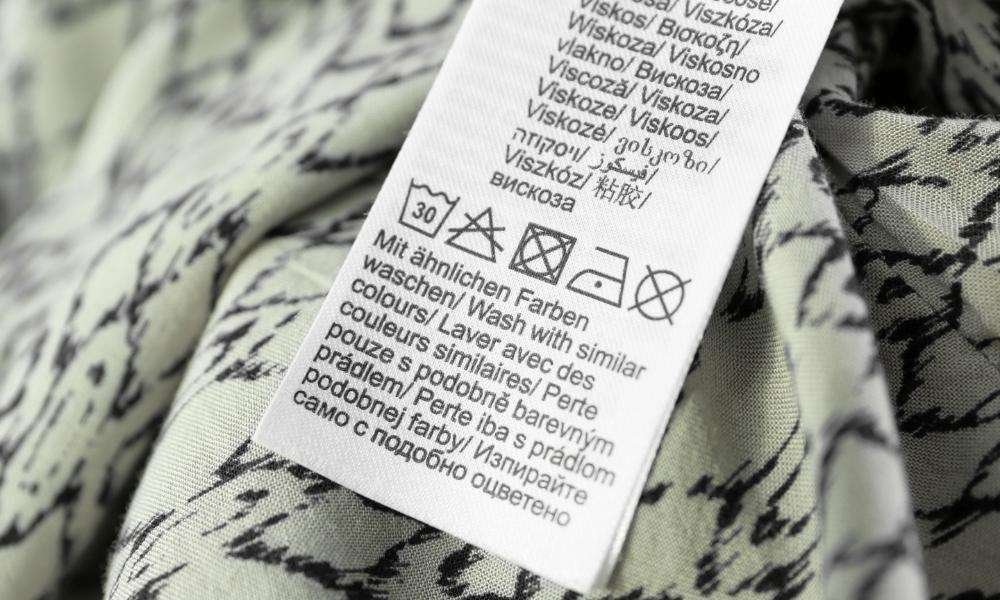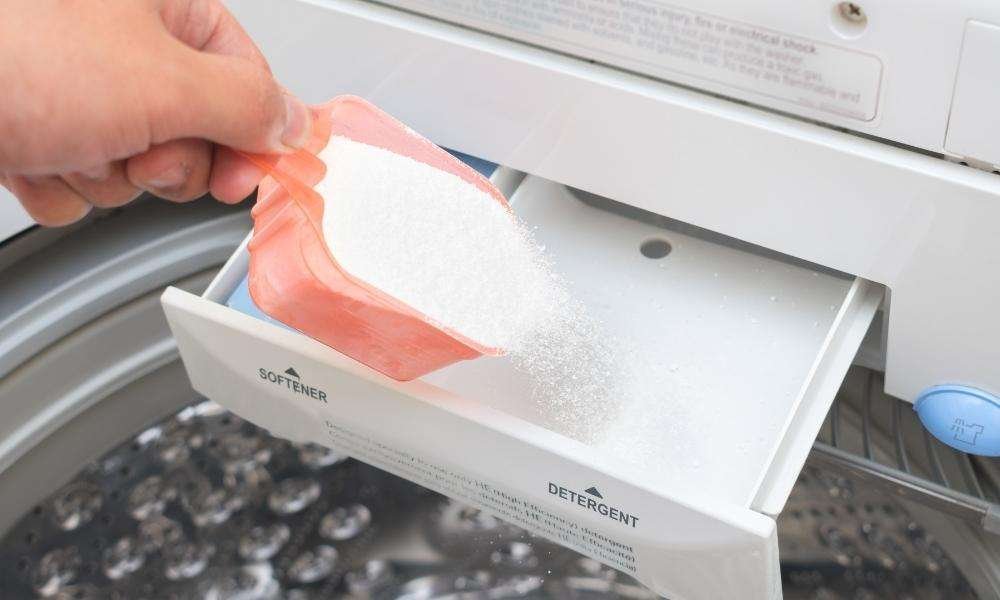If you thought washing clothes just means dumping them into the washing machine and adding some detergent, then you may be mistaken. Proper laundry handling is no less than science that requires an understanding of how detergents work in different water temperatures with different fabrics.
Modern-day washing machines come equipped with different temperature settings and decoding the right temperature for your laundry would up your laundry game by notches. Similarly, your wardrobe would have an ensemble of different fabrics like cotton, linen, satin, wool, and acrylic. Each of them has different characters and textures. So, how do you choose the right or optimum temperature to wash clothes of such varied character? To help you unveil this secret we bring you expert advice from some professional cleaners and experts who help you simplify this enigma.
When to Use Hot Water?

A hot water setting on your washer indicates a water temperature that is 60 °C or higher. And it is voted as the ideal temperature for the dirtiest lot of laundry and the toughest fabric. Delicate fabrics cannot withstand this torment. So make sure that the clothes you wash at this setting are made of fabric and weave that can resist that high temperature.
A hot water wash is ideal for whites as it helps to make them look crisp, fresh, and sparkling. Hot water wash is most recommended for clothes with heavy stains, soiled clothes, or those infected with germs and bacteria. The high temperature not only removes dirt but also eliminates contamination threats by killing the bacteria.
As Alessandro Gazzo from Emily Maids rightly says, “Bed linen requires a higher temperature for removing dust mites and other types of bacteria that are constantly present on your bedding. This will also remove sweat and dander. The same goes for bath linen. You need at least 60 °C to remove germs and bacteria.”
However, using hot water is not the thumb rule that works all the time, because it has its drawbacks as well. Hot water acts roughly on clothes causing them to shrink, wrinkle and fade faster. Some bright colours may not respond well to hot water leaving behind stains and blotches after the wash.
Diana Rodriguez-Zaba from ServiceMaster Restoration By Zaba aptly warns, “Remember, hotter is not always better. Check fabric labels and if you are unsure, wash the stained clothes in room temperature water first.”
The bottom line- Hot water does help in removing stains and in deep cleaning clothes but not always. It activates the detergent and helps in removing stains like those of oil, egg, tomato sauce, sweat, and dirt. However, in some cases, it can backfire like with the stains of wine, coffee, tea, blood, and chocolate where it can set the stains stronger rather than removing them.
How Good is Warm Water for your Laundry?

Just like a warm smile brightens up your day, similarly, warm water works wonders to brighten dirty clothes. The temperature of warm wash ranges between 30-40 degrees Celsius.
To attain the temperature, the washing machine combines hot and cold water in appropriate proportions. While the older models of washing machines mixed water in the 50-50 ratio, their modern-day cousins prefer the 60-40 ratio. With its subtle action, warm water wash is best suited for man-made fibres, knits, and pieces of denim. It offers a good clean without the risk of shrinkage, fading, or significant loss of colour.
Does Cold Water Clean Laundry Effectively?

The temperature of cold water used in washing machines is usually around 20-30 C. It offers the least risk of damage and reduces the chances of bleeding dyes or fading clothes. Opting for cold water wash is the safest bet especially if the bulk of your laundry is filled with bright coloured delicate fabrics.
Diana Rodrigues agrees, “Washing clothes in cold water will reduce shrinkage, fading and tearing because cold water is not as abrasive and harsh to the fabric fibres and garment dye. It will also help you save energy because your washer won’t have to work as hard to warm up the water.”
As mentioned earlier, all stains may not react positively in hot water. But cold water plays a significant role in pre-treating stains before washing them and doesn’t alter the fabric texture. Moreover, clothes made of fine silk or those embellished with sequins and laces should always be treated with cold water to avoid damage and loss of shine.
How does Wash Temperature Affect Enzyme-Based Biological Detergents?

Biological detergents contain enzymes that are quite similar to the ones found in our body, viz.-lipase and protease enzymes. These enzymes demolish protein chains. When used in detergents, both these enzymes break down the proteins, carbohydrates, and fats from stains on clothes.
As common stains like milk, egg, blood, grass, and soil are protein-based, enzyme-based biological detergents are considered a good fit for household laundry and specifically treating protein-based stains. They effectively target the molecules of stains, breaking down larger molecules into smaller particles. These are soluble in water and can be easily rinsed out during a wash.
However, the enzymes in biological detergents work best only under an optimum temperature, or rather lower temperature. This is because enzymes are primarily proteins that lose their character or efficiency when subject to high temperatures. So, enzyme-based biological detergents work best to remove stains under cold water or lukewarm water less than 40 °C
The Final Word
Choosing the correct temperature for your laundry essentially depends upon the fabric, colour, and texture of the cloth. Different fabrics respond differently to water temperatures because of their specific fibre weave and density. Understanding fabric quality, wash labels and instructions is the key to a good laundry. There is no single thumb rule when it comes to removing stains and washing soiled clothes. Rather, you need to determine water temperature after studying the nature of the stain and the character of the fabric. No wonder we say that there is much science or rather home science behind those long hours of everyday laundry.
